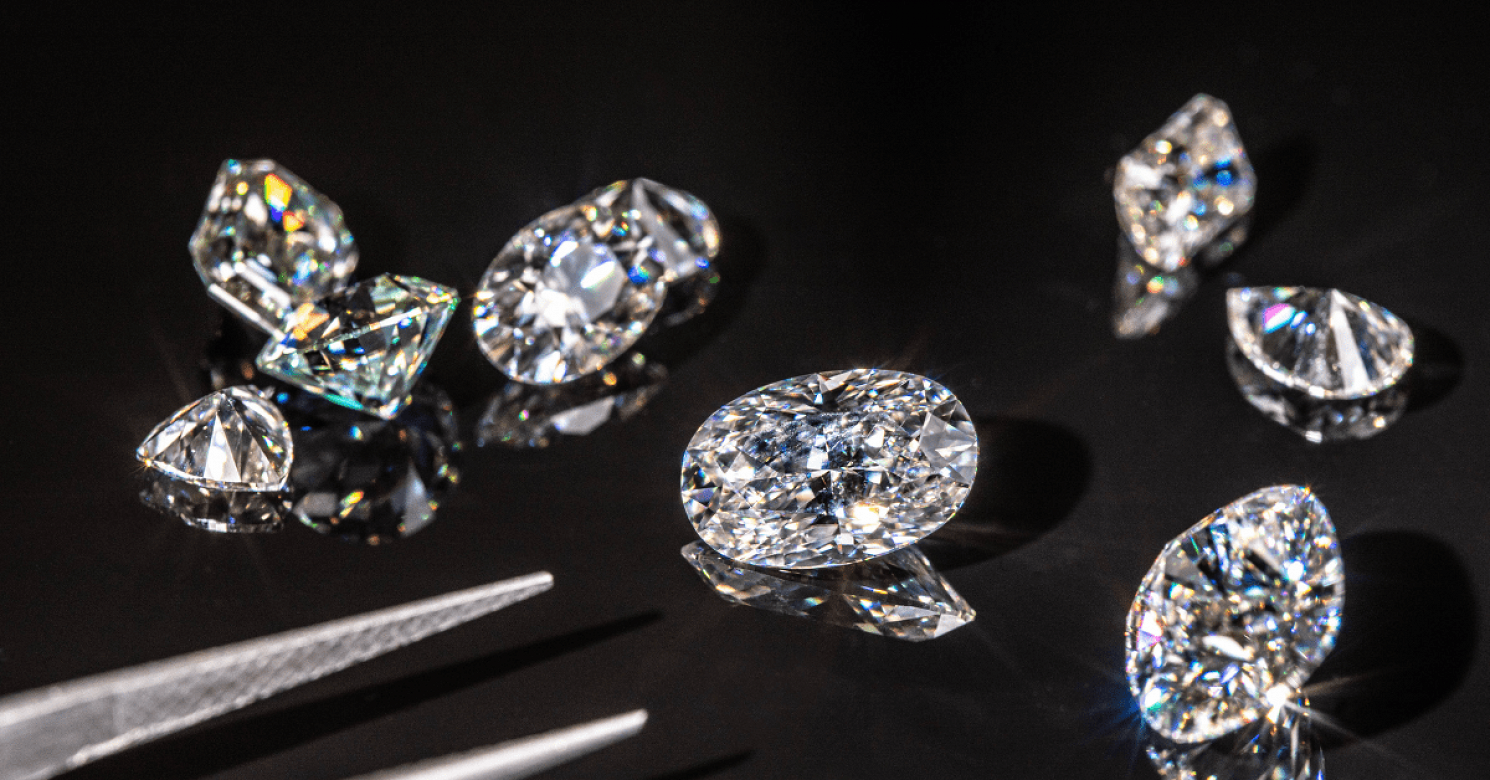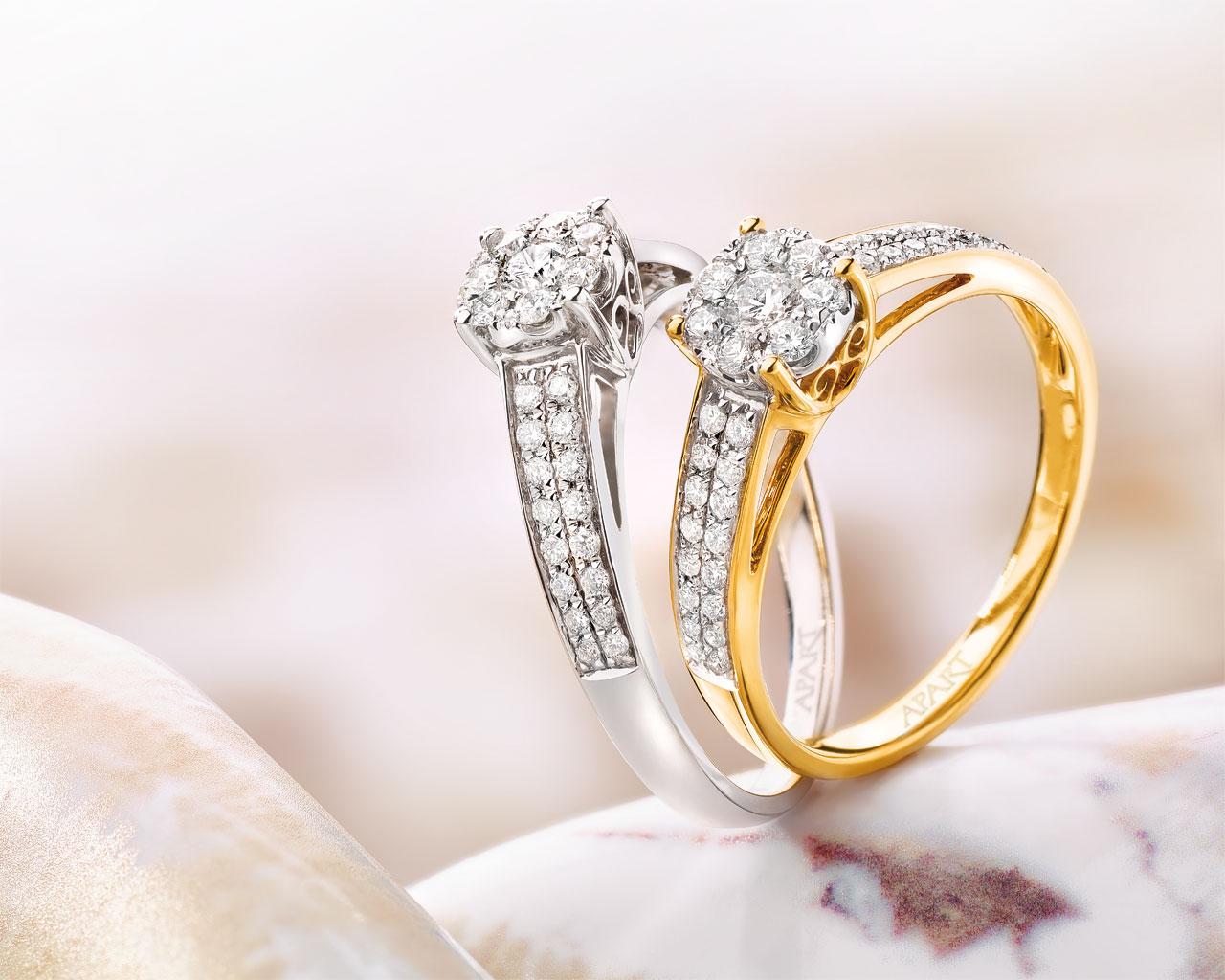Introduction to Lab-Grown Diamonds
When you think of diamonds, what comes to mind? Perhaps it’s the classic image of a sparkling gemstone, symbolizing love and luxury. But did you know there’s a whole new world of diamonds that’s changing the game? Enter lab-grown diamonds—gems that are shaking up the traditional lab grown diamonds and cultures industry and making waves across cultures. Let’s dive into what lab-grown diamonds are, their cultural impact, and where they’re headed in the future.
What Are Lab-Grown Diamonds?
Lab-grown diamonds, also known as synthetic or cultured diamonds, are real diamonds that are created in a controlled environment. Unlike natural diamonds, which form over billions of years deep within the Earth, lab-grown diamonds are produced using advanced technology. These diamonds have the same physical and chemical properties as their natural counterparts, making them indistinguishable to the naked eye.
The Process of Creating Lab-Grown Diamonds
The creation of lab-grown diamonds involves two primary methods: High Pressure High Temperature (HPHT) and Chemical Vapor Deposition (CVD). The HPHT method mimics the natural conditions under which diamonds form, using high pressure and temperature to create diamonds from carbon. On the other hand, the CVD method involves depositing carbon atoms onto a substrate to form diamond crystals. Both methods result in diamonds that are chemically identical to those found in nature.
Cultural Impact of Lab-Grown Diamonds
Diamonds have long been entrenched in cultural traditions and societal values. They symbolize wealth, power, and eternal love. But as lab-grown diamonds enter the market, they are challenging these established norms. Let’s explore how these diamonds are impacting cultures worldwide.
Historical Context of Diamonds in Culture
Diamonds have a storied history in various cultures. From ancient Indian royalty to European nobility, diamonds have been prized for their rarity and beauty. They were often seen as symbols of power and status, often adorned in crowns and jewelry reserved for the elite.
Changing Perceptions in Modern Society
In recent years, there’s been a shift in how diamonds are perceived. Modern consumers are becoming more conscious of the environmental and ethical implications of their purchases. Lab-grown diamonds offer a sustainable alternative to mined diamonds, which can be associated with ecological damage and human rights issues.
Environmental and Ethical Considerations
One of the major advantages of lab-grown diamonds is their minimal environmental impact. Traditional diamond mining can cause significant ecological damage, from habitat destruction to water pollution. Lab-grown diamonds, on the other hand, require fewer resources and generate less waste. Moreover, they eliminate concerns about conflict diamonds, which are mined in war zones and often fund violence.
The Shift in Luxury and Status Symbols
Traditionally, diamonds have been seen as a symbol of luxury and status. However, lab-grown diamonds are beginning to redefine this notion. As these diamonds become more mainstream, the perception of what constitutes luxury is evolving. People are increasingly valuing ethical considerations and sustainability over traditional markers of opulence.
Lab-Grown Diamonds Across Different Cultures
The introduction of lab-grown diamonds is not just a technological revolution but also a cultural one. How are different cultures reacting to this new gem?
Western Cultures and Lab-Grown Diamonds
In Western countries, particularly the United States and Europe, lab-grown diamonds are gaining popularity. Consumers are drawn to their affordability and ethical benefits. Major jewelers are starting to feature lab-grown diamonds prominently in their collections, and they are increasingly seen in engagement rings and fine jewelry.
Trends in the United States and Europe
In the United States, lab-grown diamonds are becoming a popular choice for couples looking for an engagement ring that aligns with their values. European markets are also embracing this trend, with several high-end jewelers offering lab-grown options. This shift reflects a growing awareness and demand for sustainable luxury.
Eastern Cultures and Their Adaptations
In Eastern cultures, diamonds have traditionally been associated with wealth and prosperity. The arrival of lab grown diamonds is slowly altering these perceptions. In countries like India and China, where diamond consumption is high, there is a gradual acceptance of lab-grown alternatives.
Influence in Asia and the Middle East
In Asia, especially in markets like India, lab-grown diamonds are being embraced for their cost-effectiveness and ethical benefits. The Middle East, known for its opulent jewelry, is also seeing a rise in interest in lab-grown diamonds, as consumers seek both luxury and sustainability.
The Future of Lab-Grown Diamonds
As technology advances and consumer attitudes shift, the future of lab-grown diamonds looks promising. Here’s a peek into what’s on the horizon.
Technological Advancements
Technological innovation is key to the future of lab-grown diamonds. Ongoing improvements in production techniques are making these diamonds even more accessible and affordable. From enhancing the quality of the diamonds to increasing the efficiency of the production process, technology is driving this industry forward.
Innovations in Production Techniques
New methods are being developed to produce lab-grown diamonds more quickly and cost-effectively. These innovations are expected to further reduce the price of lab-grown diamonds, making them an even more attractive option for consumers.
Market Trends and Predictions
The market for lab-grown diamonds is expected to continue growing as more consumers prioritize sustainability and ethical considerations. Trends suggest that lab-grown diamonds will become a significant part of the jewelry industry, with increasing acceptance across various cultures and demographics.
The Role of Sustainability and Ethical Consumption
Sustainability is becoming a major factor in consumer decisions, and lab-grown diamonds are well-positioned to meet this demand. As awareness of environmental and ethical issues grows, lab-grown diamonds offer a compelling alternative to traditional mined diamonds.
Conclusion
To wrap it up, lab-grown diamonds are more than just a technological marvel—they’re reshaping cultural perceptions and industry standards. From their environmental benefits to their impact on luxury and status symbols, these diamonds are making a significant mark. As we look to the future, it’s clear that lab-grown diamonds are set to shine brightly, reflecting a new era of ethical and sustainable luxury.





